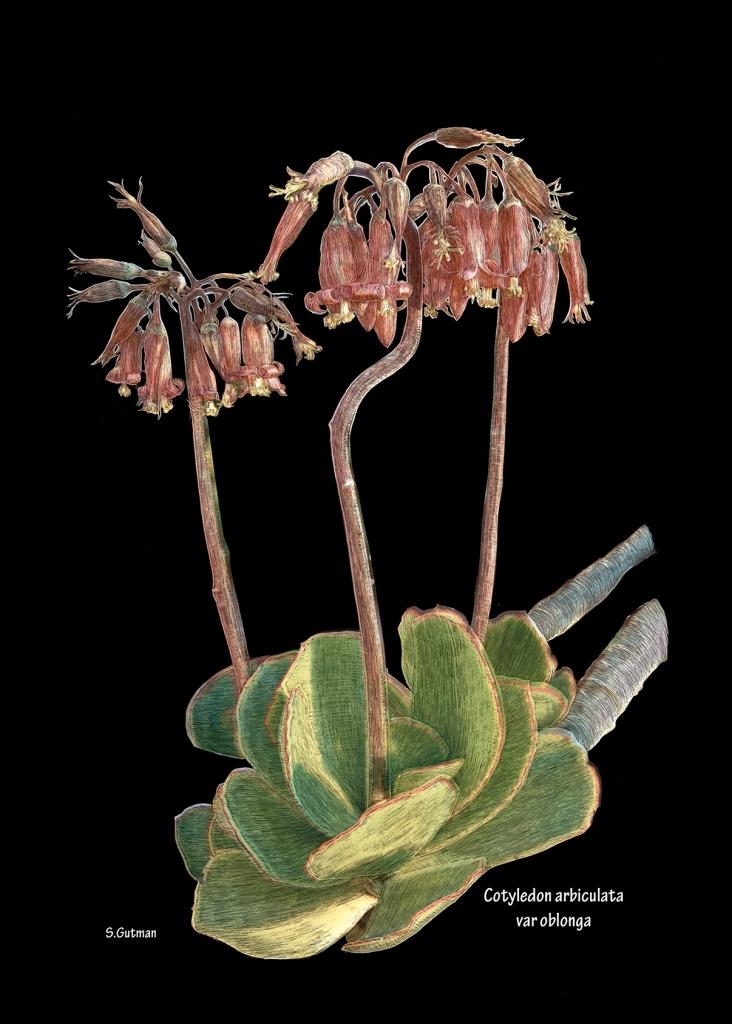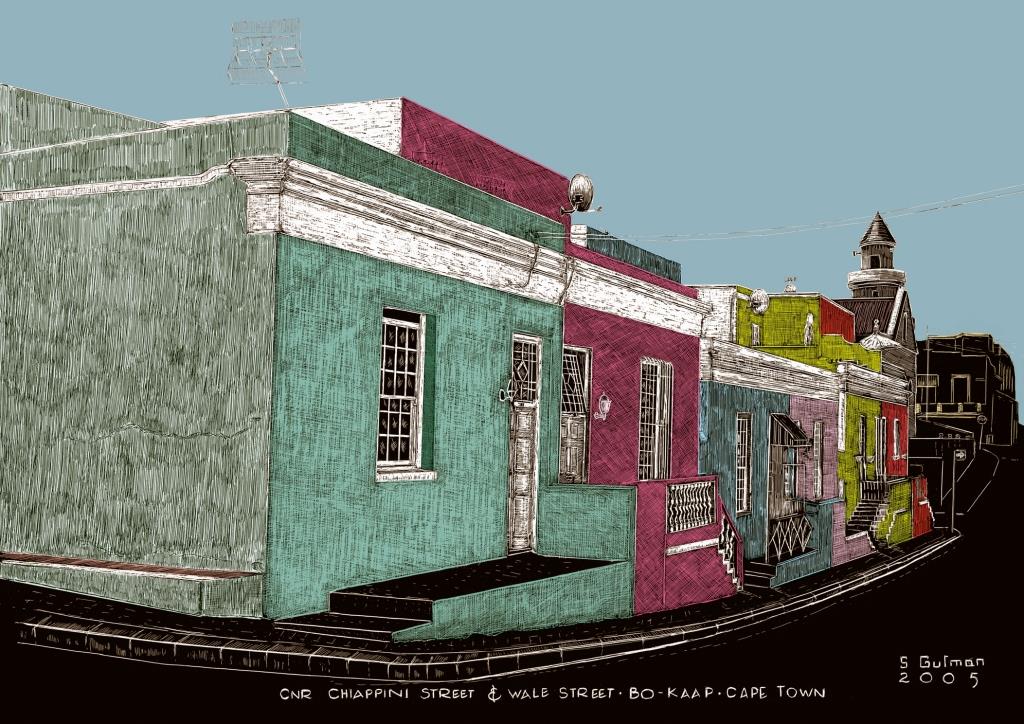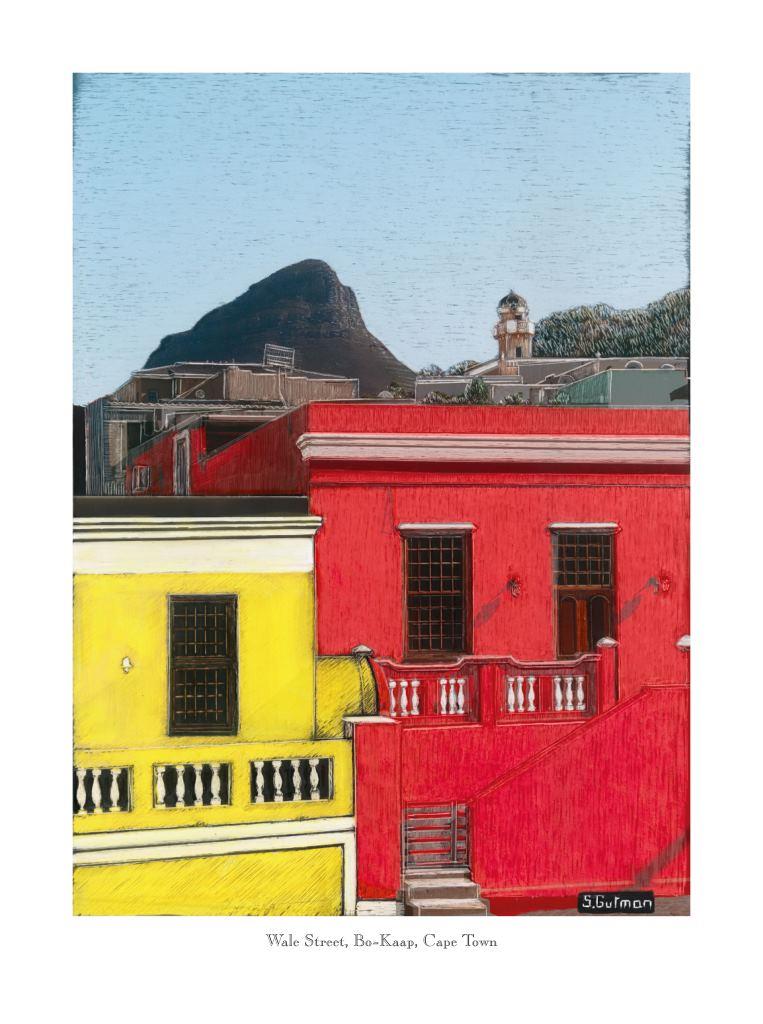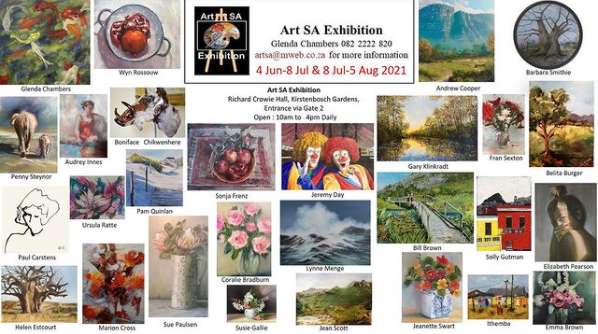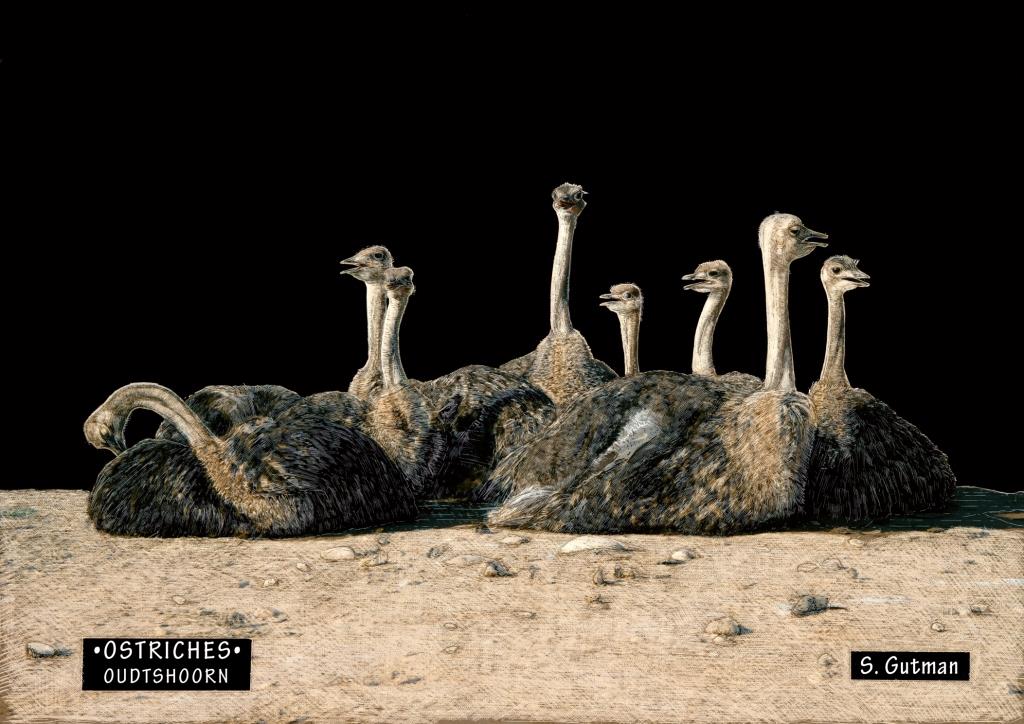Native to South Africa, this plant with its attractive orange-red bell-shaped flowers, has a number of medicinal uses. The fleshy part of the leaf is applied to warts and corns. Heated leaves are used as poultices for boils and other inflammations.
~~~~~~~~~~~~~~~~~~~~~~~~~~~~~~~~~~~~~~~~~~~~~~~~~~~~~~~~~~~~~~~~~~~~~~~~~~~~~~~~~~~~~~~~~~~~
Browse my online gallery for more images of African animals and birds, botanical studies and
detailed images of iconic buildings and places in and around Cape Town in both monochrome and colour.
All images are available as high quality prints on non-archival paper or on ready-to-hang stretched canvas.
Click here for prices.
Contact me:
by phone/whatsapp on +27 79 247 7532
by email to gutmansolly@gmail.com
